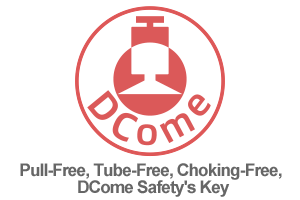If you suspect that a baby (infant under 1 year old) is choking, it’s crucial to act quickly and calmly. The approach to choking in infants is different from that in older children and adults. Here are the step-by-step instructions for administering first aid to a choking infant:
If another person is present, instruct them to call emergency services while you begin first aid. If you’re alone, perform the first aid steps for two minutes before pausing to call emergency services yourself.
Administering Back Blows
- Position the Infant: Lay the infant face down along your forearm, supporting their head and jaw with your hand. Keep the infant’s head lower than their body.
- Deliver Back Blows: Using the heel of your free hand, give five firm back blows between the infant’s shoulder blades. The aim is to dislodge the object without causing injury.
Administering Chest Thrusts
- Turn the Infant Over: Carefully turn the infant over while supporting their head, so they are facing upward on your other forearm.
- Place Your Fingers: Position two fingers in the center of the infant’s chest just below the nipple line.
- Give Chest Thrusts: Deliver five quick and firm chest thrusts, compressing the chest about one and a half inches deep.
Repeat Until the Object is Dislodged
- Alternate between five back blows and five chest thrusts until the object is expelled or the infant begins to cry, cough, or breathe.
- If the infant becomes unresponsive or loses consciousness, begin infant CPR.
Infant CPR
- Check Responsiveness: If the baby is not breathing and has no pulse, start CPR.
- Chest Compressions: Use two fingers to compress the chest about one and a half inches deep at a rate of 100 to 120 compressions per minute.
- Rescue Breaths: After 30 compressions, give two gentle breaths by covering the infant’s nose and mouth with your mouth, each breath lasting about one second.
- Continue CPR: Keep alternating 30 compressions and two breaths until help arrives or the infant shows signs of life.
Knowing how to perform these lifesaving procedures can make a critical difference in a choking emergency. Consider taking a pediatric first aid course to practice these skills and ensure you’re prepared to act confidently if needed.

